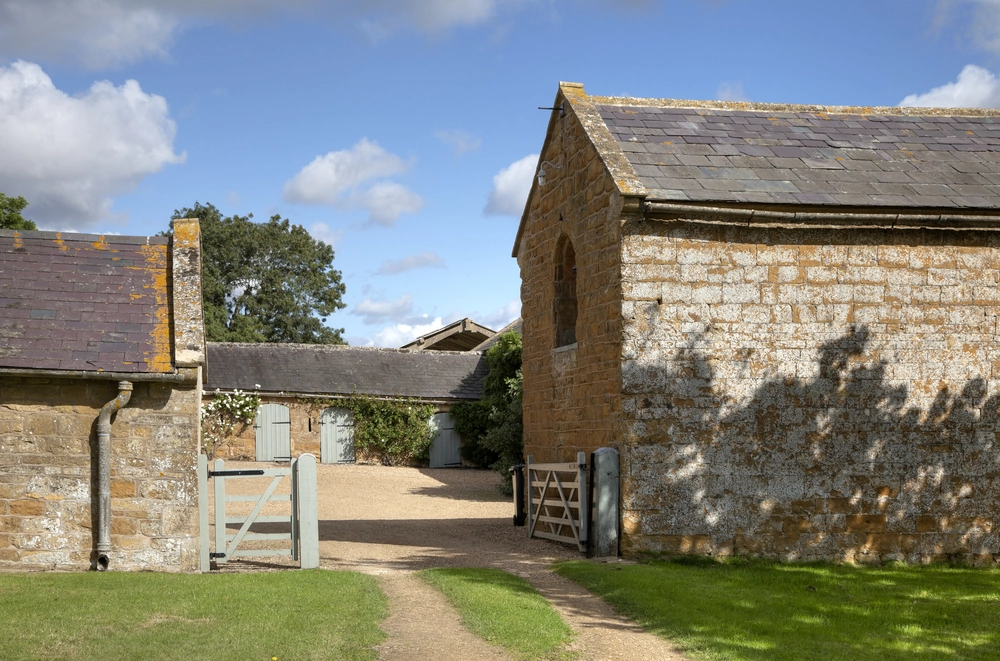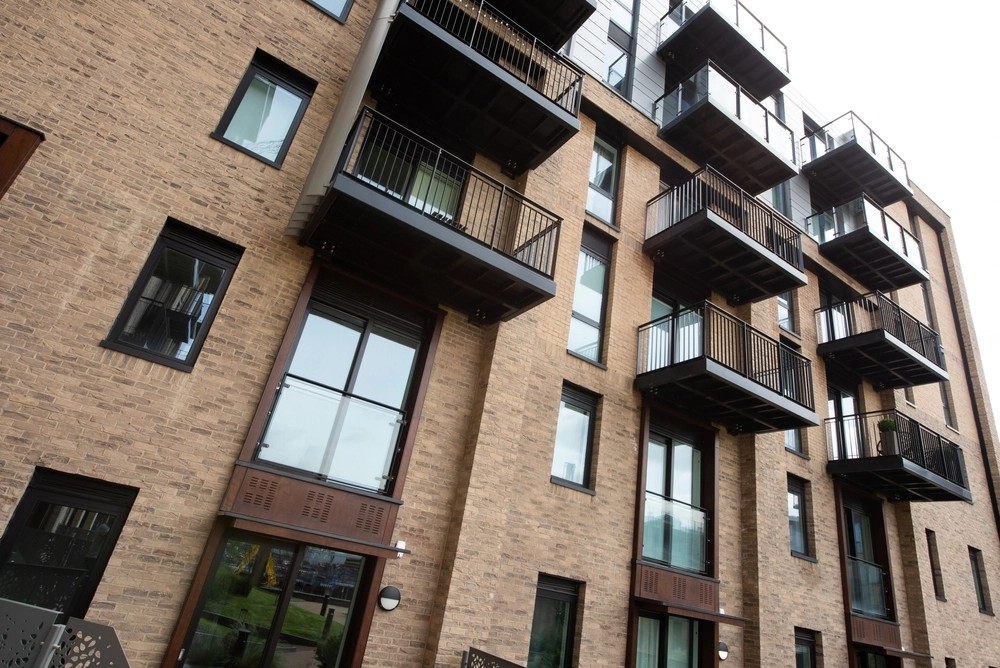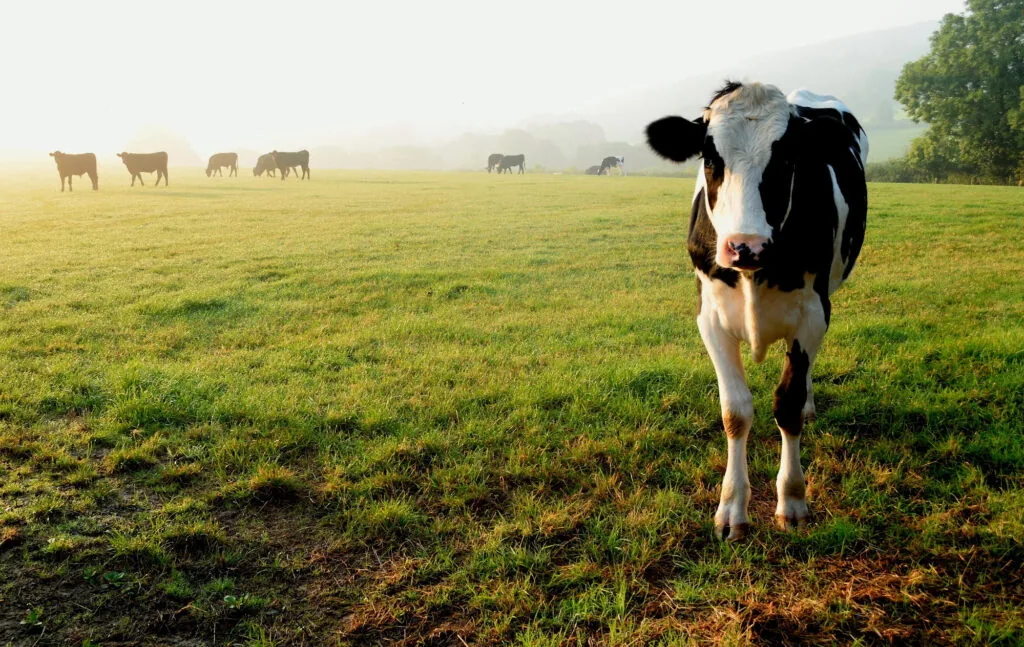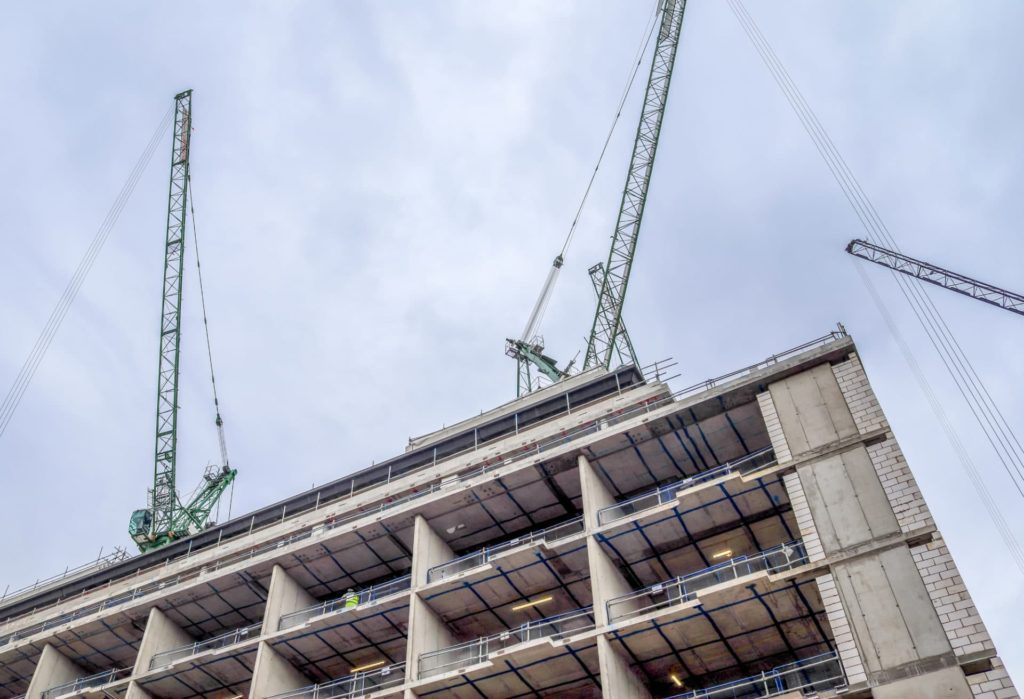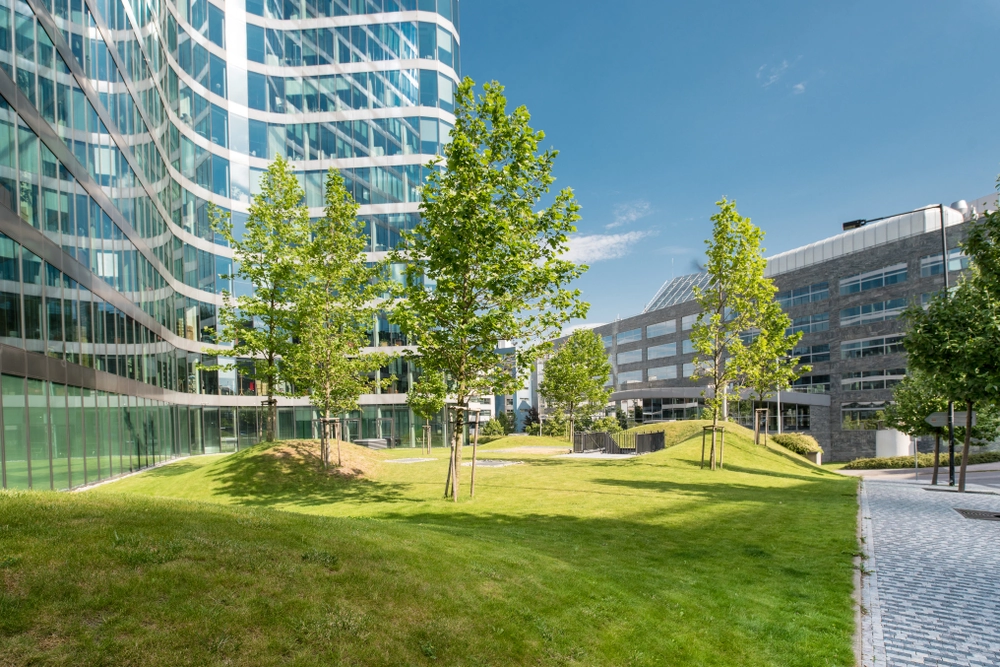
Line of sight: Flat owners win Tate Modern viewing platform privacy case

By Becki Biscoe
16 Feb 2023 | 2 minute read
On 1 February 2023, the Supreme Court handed down its judgment in the highly anticipated case of Fearn and others v Board of Trustees of the Tate Gallery.
The case concerned the public viewing gallery located on the top floor of the Blavatnik Building at the Tate Modern Art Museum. The gallery boasts impressive 360-degree panoramic views of London, and unfortunately for the residents, a direct view into their flats. The walls of the flats at the residential development are made of floor-to-ceiling glass panels, allowing visitors to the gallery to see into resident's homes, with some waving, photographing, and even using binoculars to have a closer look inside!
Case background
The residents of the flats brought a claim in private nuisance, seeking an injunction to prevent members of the public from viewing their flats from the relevant part of the viewing gallery or an award of damages. At first instance, Mann J decided that the intrusion in this case did not give rise to liability for a claim in nuisance, stating however that visual intrusion form a neighbouring property could constitute a claim in nuisance. The Court of Appeal then upheld that decision, albeit for different reasons, and found that “overlooking” cannot in law constitute an actionable nuisance. However, the Supreme Court's decision has overturned the Court of Appeal’s by a majority of 3-2 concluding that Tate's use of the viewing gallery did give rise to liability to the residents under common law nuisance.
Supreme Court decision
Lord Leggatt, who gave the leading judgment, stated that the case was a "straightforward case of nuisance", and it was "beyond doubt" that the Tate's viewing platform caused a substantial interference with the residents' ordinary use and enjoyment of the flats. Lord Leggatt reminded the court that the residents are under "constant observation from the Tate's viewing gallery for much of the day, every day of the week", with the number of spectators in the "hundreds of thousands each year", likening the residents' position to animals on display in a zoo. The case has been referred back to the High Court to determine the appropriate remedy and we will have to wait to see whether a settlement will be reached between the parties.
Looking to the future...
The finding that visual intrusion can amount to an actionable nuisance could spark a new wave of litigation exploring what this term means and the limits of such liability between neighbours in less exceptional circumstances.
Developers may also fear that this decision could create another barrier to developing property in densely populated areas. However, the facts of this particular case were exceptional, and so the likelihood of this decision being followed in ordinary residential and commercial developments, is low. Nonetheless, developers should now be conscious of any potential visual intrusion considerations when assessing potential developments. They should also expect to see an increase in the number of objections to new developments on privacy grounds.
The law of private nuisance can be complex, with each individual case turning on its facts and the parties involved. If you require any advice in relation to a potential claim, please do not hesitate to contact us.



